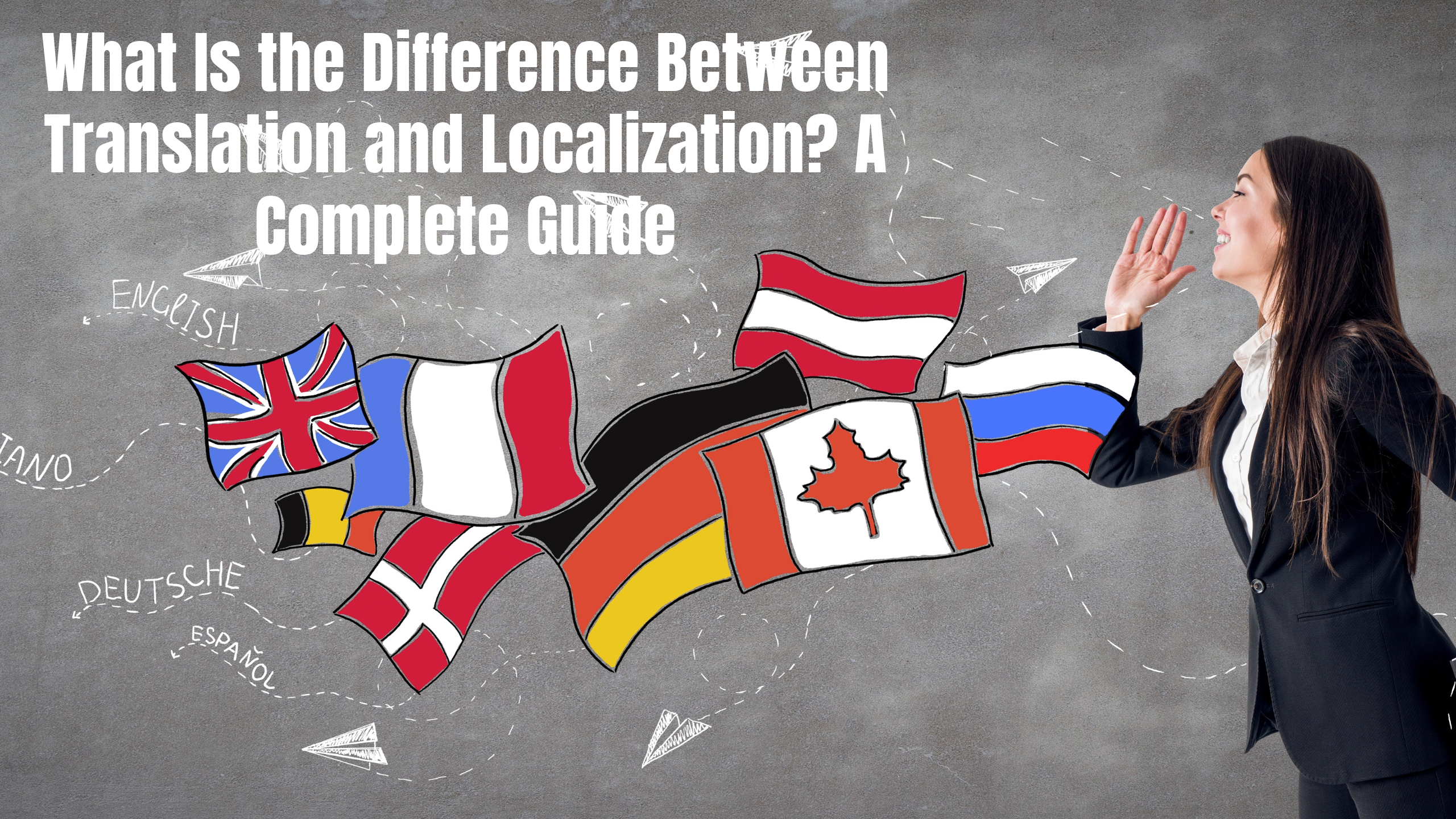In today’s busy world of global business, reaching customers across borders means more than just speaking different languages. You need to make your message fit local tastes, customs, and rules. Two key methods help do this: translation and localization. But what’s the true difference between them? Whether you’re expanding a website, marketing campaign, or product, understanding these terms can make or break your success overseas.
Many people mix up translation and localization. They sound similar but serve very different purposes. Knowing how each works will make your content more authentic and appealing to global markets.
Understanding Translation: The Basics of Language Conversion
What is Translation?
Translation is about turning text from one language into another. The goal is to keep the original meaning exactly the same. It’s like copying a recipe from one cookbook to another but in a new language. The focus is on accuracy and clarity. When you translate, you're making sure that the message stays clear, no matter the language.
Examples include:
- Business reports
- Legal documents
- Manuals for machinery
Types of Translation
People do many types of translation. Some common kinds include:
- Literary: translating books or poems
- Technical: translating manuals, instructions
- Medical: translating health records
- Scientific: translating research papers
Each type needs special knowledge. A translator must know the subject well to get it right.
Translation Process and Best Practices
Good translation follows steps:
- Analyze the text and context
- Translate with attention to meaning
- Proofread to catch mistakes
- Edit for clarity and style
Using translation tools like CAT (Computer-Assisted Translation) software can help maintain consistency. These tools use translation memory to reuse parts of past translations, saving time and keeping terms uniform.
Exploring Localization: Adapting Content for Cultures
What is Localization?
Localization goes beyond words. It adapts your entire message to fit the local culture. It’s like customizing a suit to match someone’s size, shape, and style. When you localize, you consider local customs, ideas, and preferences.
Think of Microsoft. When they launch products in new countries, they don’t just translate menus—they change icons, colors, and even features to match local tastes.
Key Aspects of Localization
Localization involves:
- Adjusting language idioms (sayings or phrases)
- Changing images, colors, or symbols so they make sense locally
- Making sure legal and regulatory rules are followed
For example, a US greeting card may need to change expressions or colors to appeal in Japan.
Localization Workflow and Strategies
The steps for localization include:
- Research local culture and market needs
- Create style guides for local content
- Work with native speakers and cultural experts
- Use technology to automate parts of the process
Automation tools can help speed up this process, but human insight remains essential to match local tastes.
Comparing Translation and Localization
Core Differences
While similar, they have clear differences:
- Scope: Translation focuses on words, localization covers culture and preferences.
- Goals: Translation aims for accuracy, localization aims for relevance.
- Complexity: Localization often takes more time and resources.
When to Use Translation
Use translation when preserving the original message is most important. This is true for:
- Legal papers
- Scientific research
- Technical manuals
When to Opt for Localization
Use localization when your content needs to connect deeply with local audiences. This includes:
- Websites
- Marketing campaigns
- App interfaces
- Brand messages
If your goal is to make your content feel native, localization is the way to go.
Integrating Translation and Localization for Global Success
Best Practices for Combining Both Approaches
Many companies do both to reach wide audiences. Start by:
- Deciding what parts need translation and which need localization
- Making translation the first step, then localize for cultural fit
- Using tools that support both workflows smoothly
This combo saves time and creates content that’s both correct and appealing.
Industry Examples and Case Studies
Coca-Cola adapts its marketing to local beliefs and tastes in every country. Their slogans are translated but also redesigned to fit local culture. Netflix uses content localization by adding subtitles, dubbing, and regional marketing campaigns to reach broader audiences.
Actionable Tips for Businesses
- Do thorough research on the local market before you adapt content.
- Hire native speakers and cultural experts.
- Use translation and localization technology to save time.
- Keep content updated based on feedback and changing local tastes.
Conclusion
Translation and localization are different but both are essential for global success. Translation keeps the message exact, while localization makes it feel natural and relevant. Combining both approaches creates content that truly resonates with diverse audiences. By understanding what each process involves, your business can build a stronger, more genuine international presence. Remember, the key is not just speaking different languages but speaking the language of your audience. When done right, it builds trust, drives engagement, and helps grow your brand worldwide.

